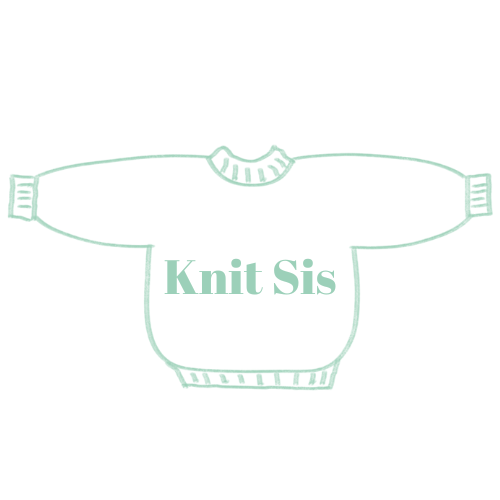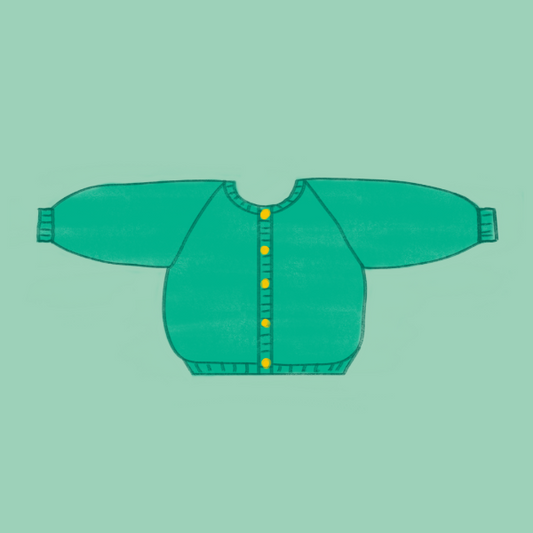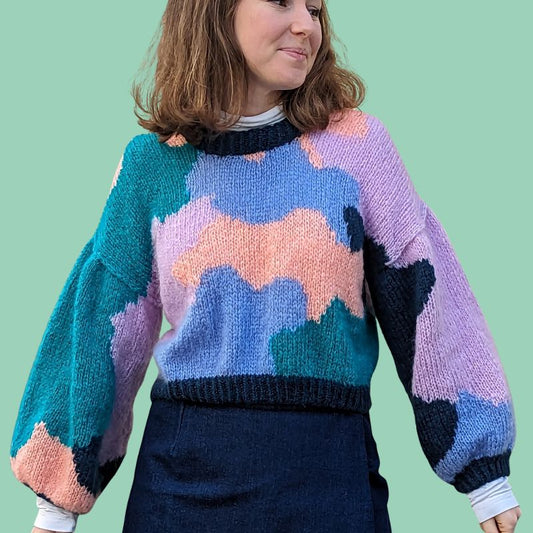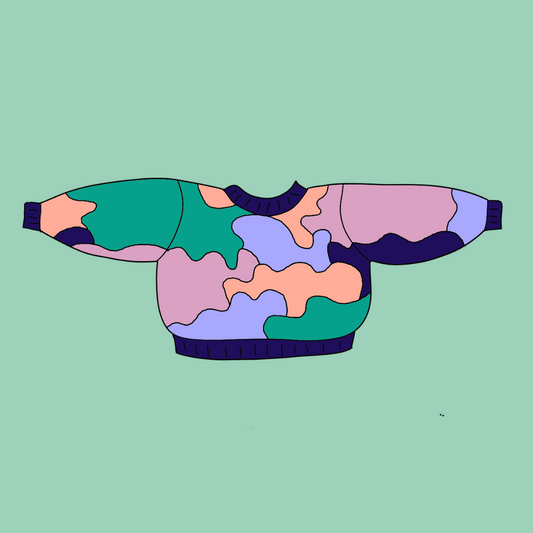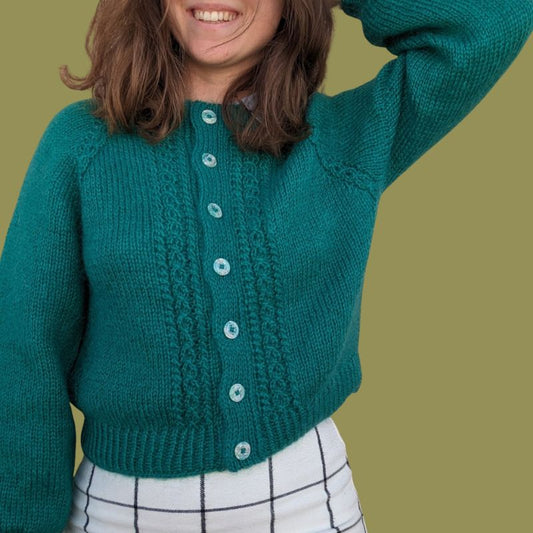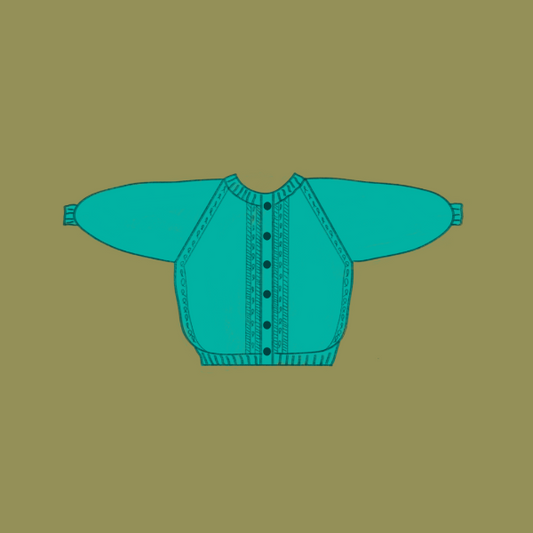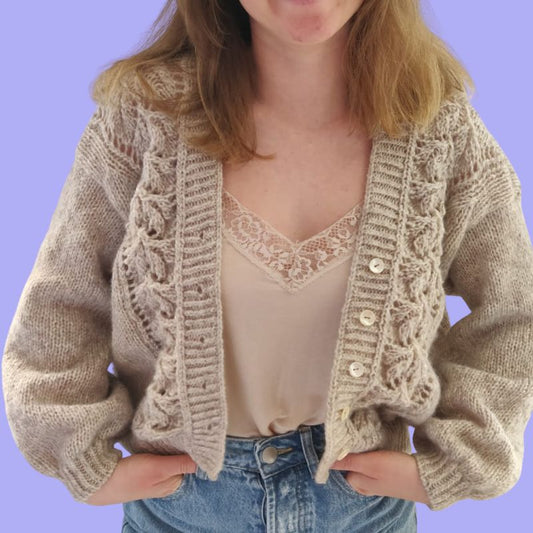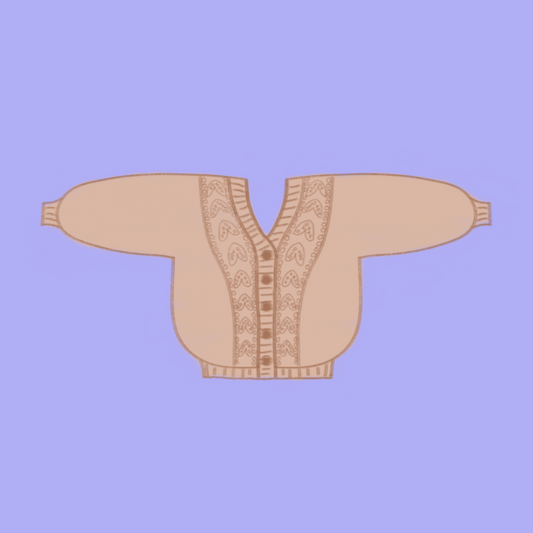Sewing - Knitting Needle Pouches
Knit SisShare
A little sewing tutorial today but don't worry it's still related to knitting!
How to store your circular needles?
Lenny and I are big fans of circular needles and especially interchangeable ones. Even when we knit back and forth, it's with circular needles. The advantage of interchangeable ones is that they take up less space and we can adapt the length of the cable to the project in progress.
Without much originality, we have KnitPro needles and for my part I have the two Ginger kits: the mini (40cm) and the standard (60cm and + ). And although the needles are just wow, the leather pouches that go with them are not our thing 🙈
Well, the goal of this article is not to convince you that interchangeable circular needles are life (even if it's the truth) but to offer you a little tutorial to make a cute pouch to store your needles!
We wanted to make this DIY:
- Practical (so that it can really help you in your knitting organization)
- Economical (and yes, you only need a few scraps of fabric)
- Aesthetics (This is the BASIS of the approach)

Step by step instructions for sewing your circular needle storage
In this tutorial, I offer you two sizes of pouches: one for standard needles (the pink one) and one for mini needles (the blue one)!
This is an ideal tutorial for using up your fabric scraps!
The steps are exactly the same, only a few dimensions change. For clarity and to avoid duplication, the dimensions of the mini pouch are given in parentheses when they differ.
FYI, I have more standard size needles than mini ones, hence the difference in length between the two pouches. I have 16 standard needles and 12 mini ones and I have planned more storage than necessary in case I buy new needles. There are 18 storage spaces for the standard ones and 16 for the mini ones. Depending on the number of needles you have to store, don't hesitate to adapt this length!
Here are the final dimensions in cm of the two pockets:
Outside

Interior

The list of necessary equipment:
- Fabric scraps (here I took 3 different ones)
- Some wadding
- From the wire
- 80 cm of ribbon (or if you don't have a rectangle of 82 x 4 cm to cut out of the fabric of your choice)
- Scissors
- Needles
- A frixion pen
- A ruler (if it's Japanese, it's even better)

For the exterior, you have to quilt the large rectangle of fabric 1 with that of wadding.
Quilting is to give a puffy effect, it is purely aesthetic so if you don't like it you can skip this step!
And if you like it, it's very simple:
- Draw lines widthwise using a frixion pen and a ruler at constant intervals (I chose 2.5 cm for the pink and 1 cm for the blue) on the right side of the fabric rectangle.

- Place the wadding under the rectangle (wrong side of the fabric against the wadding)
- Widen the stitch on your machine (3mm) and sew following the lines drawn

- Cut all the threads and iron to erase the lines made with the friction iron.

Hop the exterior is finished, you can put it aside!
3 - Prepare the interior
- The flap
In fabric 1 and 3, take the rectangles of 45 x 8 cm ( 42 x 8 cm )
Place the rectangles right side against right side, pin.
Leave a 5 cm opening along the length of the top and sew the rest all around at 1 cm

Trim the corners and seam allowances using pinking shears.

Turn right side out, clear the corners and iron.

Topstitch all around to close the opening.

- The hem of the cover
Take the 47 x 13 cm ( 44 x 13 cm ) rectangle of fabric 3 and hem the length of the top:
Fold the length by 0.75 cm, mark the fold with the iron then fold again by 0.75 cm and mark again.

Prick at 0.5 cm.

- Assemble the cover at the bottom
Place the pocket on the bottom (rectangle of fabric 2) right side against right side: the bottom of the pocket coincides with the bottom of the bottom.

Baste at 0.5 cm (Stitch all around with an elongated stitch)
Define the width of the desired compartments and draw them using a frixion pen
For information, here are the widths that I took according to the needle sizes:
|
Needle size (mm) |
15 |
12 to 10 |
9 to 8 |
7 to 6 |
6 to 5 |
5 to 4 |
less than 4 |
|
Compartment width (cm) |
4.5 |
4 |
3.5 |
3 |
2.5 |
2 |
1.5 |
And we must not forget that the pocket is built at 0.5 cm while the final seam will be at 1 cm so there is 0.5 cm less all around
The smaller the needle diameter, the shorter the needle length. The depth of the compartments must be reduced for smaller sizes.

Stitch vertically on the defined lines starting from the bottom of the pocket and going upwards.
Also stitch horizontally on the defined lines to reduce the depth of the compartments.

Iron to remove the friction marks
- Assemble the flap
Position the flap 2cm from the top of the bottom: wrong side of the flap on the right side of the bottom and pin

Stitch on the topstitching

And here is the interior finished, all that's left is to assemble everything and it will be finished!
4- Put it all together
Cut the ribbon in half
(If no ribbon:
- Cut out a rectangle of 80 x 4 cm from the fabric of your choice
- Fold the top by 1cm and the bottom also in the lengthwise direction, mark with an iron
- Fold in half
- Stitch along the edge)
Position the two ribbons on the same side on the inside of the pocket in the middle of the width

Place the outside right side against the inside (the ribbons are sandwiched). Pin, leaving a 9 cm opening at the top of the pocket.

Stitch all around at 1 cm
Trim the corners and seam allowances using pinking shears.

Turn the cover right side out.
Topstitch all around to make the opening.


I hope you enjoyed this tutorial! Don't hesitate to write to us if you have any questions or to share your covers with us
You can find more of our tips, particularly knitting tips, right here
and of course, our vest models right here (all knitted with circular needles of course aha)
